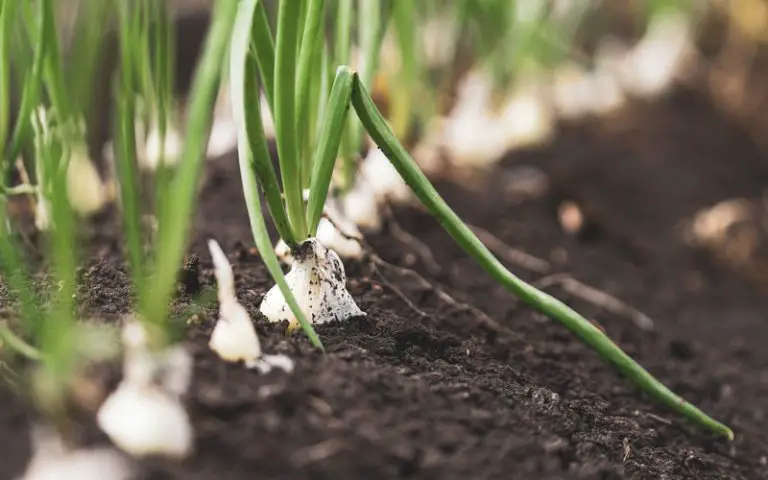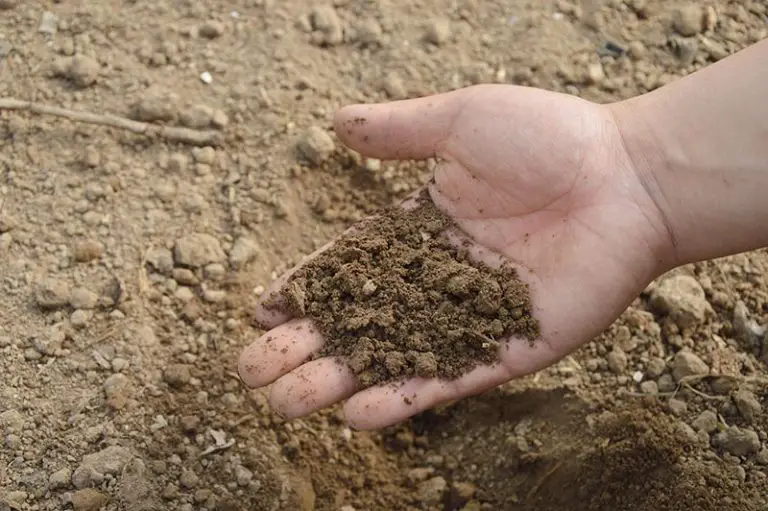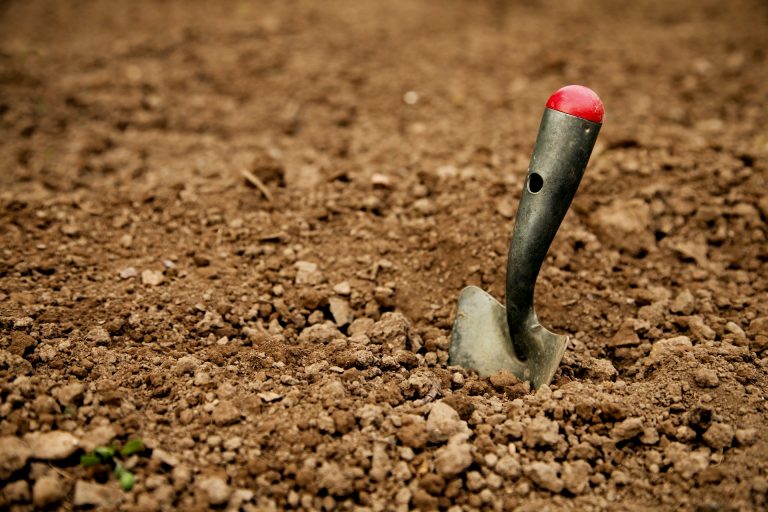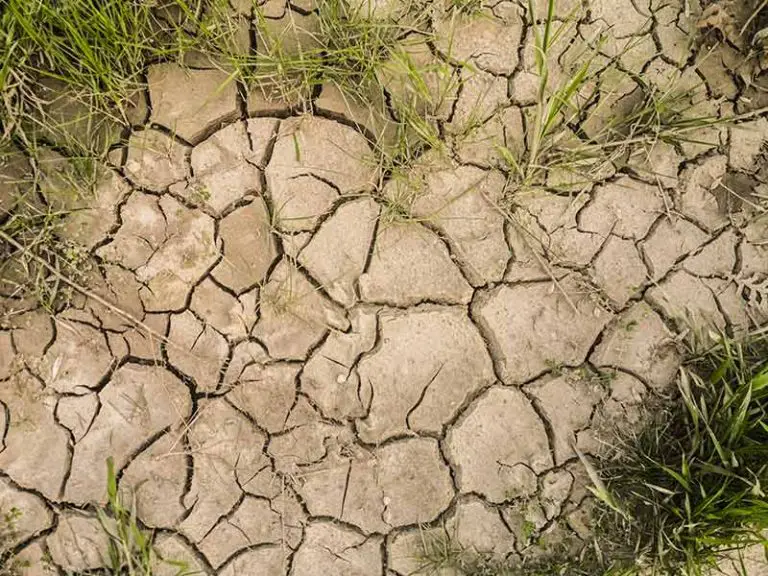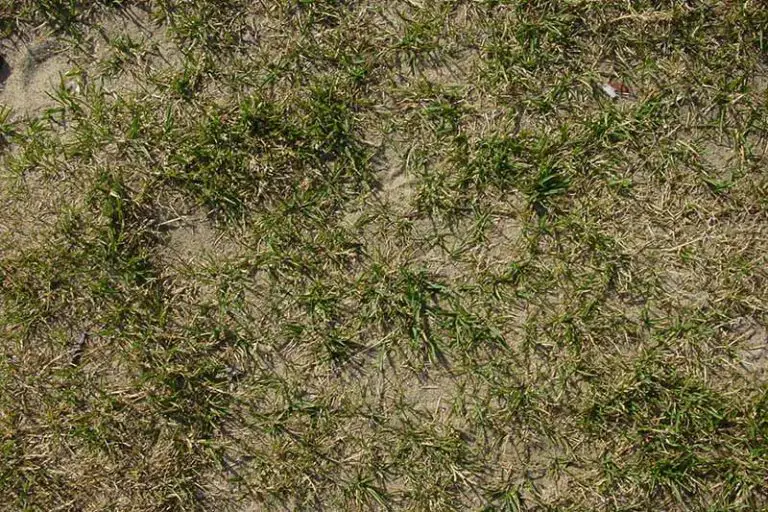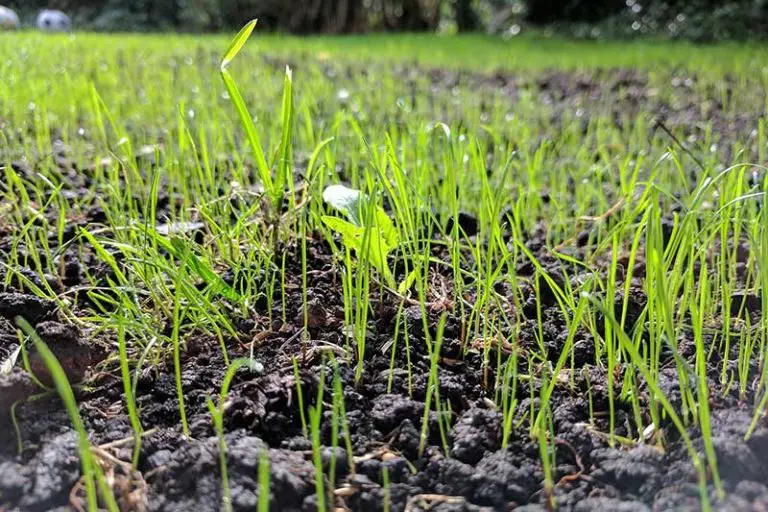What Is The Best Grass For Clay Soil?
If you have clay soil, you’re likely to be wondering what the best kind of grass to put in your garden is – because certain kinds of grass will do a lot better growing in clay than other kinds, which will struggle and may not give you good coverage or durability. So, what is the best grass for clay soil?
You have a few different options when choosing grass for clay soil, including Bermudagrass, buffalo grass, tall fescue, and Kentucky bluegrass. In this guide, we’ve provided some information on each of these grass types, along with tips you can use to help them thrive in your garden.
What Is Clay Soil?
If you’re looking at the soil in your garden, you might be wondering if you actually have a clay-heavy soil type, and what clay soil is like. Clay soil is easy to spot. It is very dense soil, which does not move readily or easily, and which traps water very well.
Put a trowel into your garden and turn over a forkful. If it crumbles and spreads out as you tip it, you have a light and sandy soil. If it remains in a solid lump or even clings to the trowel, you have clay, which is sticky and heavy.
This kind of soil is – unsurprisingly – mostly made up of clay, though of course there are other contents. It is heavy, often difficult to work with, and many plants struggle to grow well in it. While clay soil does have advantages, such as holding moisture well, there are many problems with it.
Why Do Some Grasses Dislike Clay Soil?
Clay soils make it hard for many plants to grow, because they are very dense. This makes it difficult for plants to work their roots into the ground and get a firm hold.
Also, while the moisture retention can be a benefit to plants, it is also something of a double-edged sword, as it makes it very easy for them to drown if there is a lot of rain. The water won’t drain away through the soil, and plant roots may not get enough oxygen.
Clay soils do have the advantage of better retaining their nutrients, so if you can find a grass seed that thrives in clay soil, you will get a luscious and low-maintenance lawn – and you may not need to fertilize as frequently as if you are working with sandy soils (partly because nutrients won’t just wash away).
First Pick: Bermuda Grass
This exotic-sounding grass is a good choice for clay soils, and it is also hard-wearing and tough. You may see it often in public spaces because it grows well, and doesn’t need massive amounts of maintenance.
It has a high tolerance for droughts, shade, hot weather, and high footfall, which makes it ideal in many situations. It is also fast-growing – great if you’re just getting a lawn started off, although it will need cutting more often. Twice a week is usually about right for the summer months.
You will need to be in a warm climate to have much success with growing Bermuda grass. It will not thrive in cold temperatures, and may just die off entirely if the weather is too cold for it.
Some modern variations such as Midiron are better suited to growing in cold areas, but make sure you are choosing one that is suitable for your climate, and don’t just plant and hope – because if the plant is a heat-lover and you’re somewhere cold, clay soil will be the least of your worries.
Second Pick: Buffalo Grass
Buffalo grass is a warm-season grass that is highly drought resistant and because clay holds water well, it should manage even through hot summers with minimal watering. It’s popular in urban areas and backyards.
It needs little maintenance and has a beautiful soft green color that adds a stunning look to any backyard. It generally grows vigorously, but does not like too much fertilizer if it’s to thrive.
If you live somewhere without much rainfall, buffalo grass is a perfect choice for a lawn that is healthy year-round. However, you should be aware that it’s dormant during cold weather.
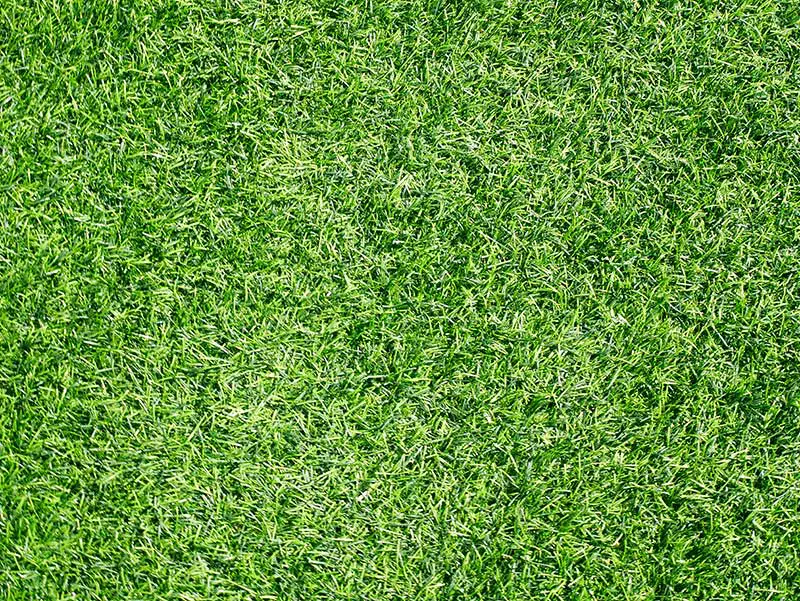
Third Pick: Tall Fescue
This grass is cool-season and much more tolerant of cold weather than the first two listed. It is also tolerant of some shade, though does prefer to have at least some sun as well.
It has deeply penetrating roots that grow down far into the ground, and give it a better chance of surviving in clay soils, as it won’t have so much trouble with lack of oxygen and waterlogging.
Some species of tall fescue are coarse and thus unpopular for backyards, but modern dwarf types of this plant tend to be a little softer and more suitable for playing or sitting on.
This is a good choice if you have a long cold season, as it will put up with the cold and keep growing longer than the warm-season grasses, giving you a greener and fresher garden for longer. However, it may struggle in very hot climates, and will often go dormant in the summer months, especially if temperatures rise.
Fourth Pick: Kentucky Bluegrass
Last on our list of “what is the best grass seed for clay soil?” is another cool-season option. Kentucky Bluegrass is also suitable for clay soils, and will cope with cold weather well. However, it is not keen to grow in shady areas, so is a better option if your garden gets plenty of sun.
It will handle plenty of foot traffic, being hard-wearing, and indeed it’s often used in campgrounds and on playing fields because of its endurance.
How To Help Your Grass Thrive In Clay Soil
Although these grasses are all suited to clay soils, there are plenty of things you can do to help them grow well, especially when they are seedlings. They may need quite a bit of care and attention to get established, even if they should cope well with the conditions once they are settled in.
You may want to start preparing the ground by fertilizing it. This will give the seedlings all the nutrients they need to get going, and because clay is good at retaining nutrients, these should stay available for some time.
Mix up organic materials such as compost, manure, topsoil, grass clippings, leaves, straw, and anything else available to you, and cover the land with this, up to about four inches thick. Next, add a layer of topsoil over the top for your grass seeds to be planted in – about five inches should be good. This organic matter will break down over time, giving your grass seeds plenty of food and good soil around their roots. The young plants will also find it much looser and easier to grow into than the clay, which is often challenging for young plants to establish themselves in.
You can also do some work to start aerating the lawn. This will ensure there is lots of oxygen in the clay, and will improve drainage, as well as making it easier for the plants to get their roots established. If you have a large lawn, you may need to hire a commercial aerator, but if it’s a small area, you can just use a spike aerator, or even a garden fork. You want to push deep into the soil to maximize the effectiveness of the aeration; you are trying to break up a good layer of soil, not just the surface.
You should also check your soil’s acidity level by testing the pH of your soil, and then find out the acidity that your specific grass likes best. Many grasses prefer a pH between 6 and 7, so you will want to use a lawn testing kit to check this out before planting. If your soil is too acidic, you should add lime to the soil. Use the test kit to work out how much, so you don’t end up with soil that is too alkalic. As a rough rule of thumb, a 1000 square foot area will need about 40 lb. of lime.
Treat your planting area to maximize your grass’s chances, and then sow your seeds according to the manufacturer’s instructions, and water them daily.
Because clay soil traps moisture well, you will have to watch out for over-watering, and you may want to use a sprinkler system to avoid your water ending up in pockets, with some plants drowning and others dying of thirst.
You don’t want standing water on your seedlings. Check every time you water to make sure that the ground has dried out reasonably well, and reduce watering if necessary. Once your grass is established, you may find you rarely – if ever – need to water it, because clay soil holds the moisture so well.
Conclusion
So, in answer to “what is the best grass for clay soil?” you have a few options, both for cold climates and warmer ones. Remember to take other factors into account, such as the amount of sun you have, the amount of foot traffic the grass will have to take, its growth rates, etc.
Your soil makes a big difference to how well plants can grow, so if you have dense clay soil, make sure you weigh that factor heavily when choosing a suitable grass seed.

